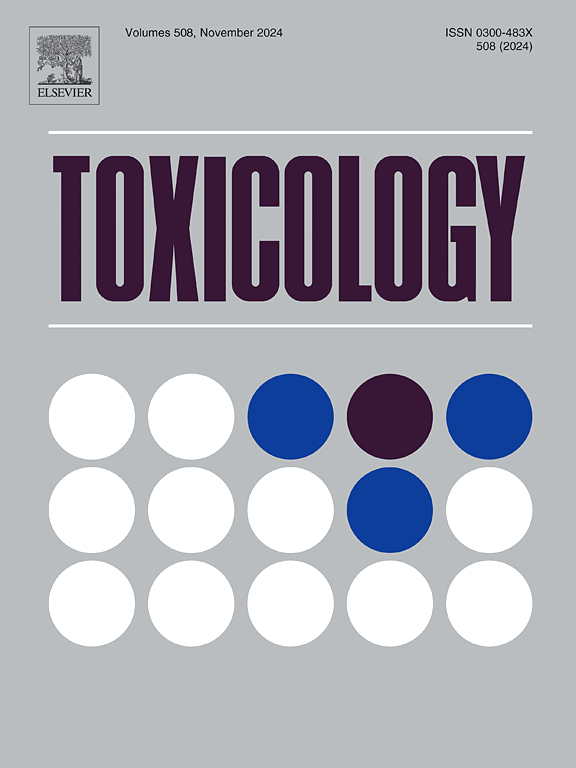了解α-Amanitin肝毒性:来自细胞模型的机制。
IF 4.6
3区 医学
Q1 PHARMACOLOGY & PHARMACY
引用次数: 0
摘要
α-Amanitin (α-AMA)是蘑菇中毒的主要致死化合物,其肝毒性机制是多方面和复杂的。这篇综述综合了α- ama诱导的肝毒性的最新知识,特别强调了细胞模型研究的最新进展。有证据表明,α-AMA通过多种途径损害肝细胞,包括抑制RNA聚合酶II、诱导氧化应激、激活细胞凋亡和自噬、引发炎症反应和免疫毒性。最近的研究也揭示了内质网应激和n -糖基化途径参与α- ama介导的肝毒性。虽然α-AMA中毒有几种解毒药物,但其治疗效果仍不理想。全面阐明α- ama诱导肝毒性的细胞机制对于制定更有效的治疗策略至关重要。未来的研究应优先探索这些机制,并利用高通量筛选和基因编辑技术来确定新的治疗靶点,并推进更有效的解毒药物的开发。本文章由计算机程序翻译,如有差异,请以英文原文为准。
Understanding α-amanitin hepatotoxicity: Mechanisms from cellular models
α-Amanitin (α-AMA), a principal lethal compound in mushroom intoxication, induces hepatotoxicity through multifaceted and complex mechanisms. This review synthesizes current knowledge of α-AMA-induced hepatotoxicity, particularly emphasizing recent advances derived from cellular model studies. Evidence indicates that α-AMA damages hepatocytes through multiple pathways, including RNA polymerase II inhibition, oxidative stress induction, apoptosis and autophagy activation, inflammatory response elicitation, and immunotoxicity. Recent studies have also revealed the involvement of endoplasmic reticulum stress and the N-glycosylation pathway in α-AMA-mediated hepatotoxicity. Although several detoxification agents are available for α-AMA poisoning, their therapeutic efficacy remains suboptimal. A comprehensive elucidation of the cellular mechanisms underlying α-AMA-induced hepatotoxicity is essential for developing more effective therapeutic strategies. Future research should prioritize the exploration of these mechanisms and leverage high-throughput screening and gene-editing technologies to identify novel therapeutic targets and advance the development of more efficacious detoxification agents.
求助全文
通过发布文献求助,成功后即可免费获取论文全文。
去求助
来源期刊

Toxicology
医学-毒理学
CiteScore
7.80
自引率
4.40%
发文量
222
审稿时长
23 days
期刊介绍:
Toxicology is an international, peer-reviewed journal that publishes only the highest quality original scientific research and critical reviews describing hypothesis-based investigations into mechanisms of toxicity associated with exposures to xenobiotic chemicals, particularly as it relates to human health. In this respect "mechanisms" is defined on both the macro (e.g. physiological, biological, kinetic, species, sex, etc.) and molecular (genomic, transcriptomic, metabolic, etc.) scale. Emphasis is placed on findings that identify novel hazards and that can be extrapolated to exposures and mechanisms that are relevant to estimating human risk. Toxicology also publishes brief communications, personal commentaries and opinion articles, as well as concise expert reviews on contemporary topics. All research and review articles published in Toxicology are subject to rigorous peer review. Authors are asked to contact the Editor-in-Chief prior to submitting review articles or commentaries for consideration for publication in Toxicology.
 求助内容:
求助内容: 应助结果提醒方式:
应助结果提醒方式:


